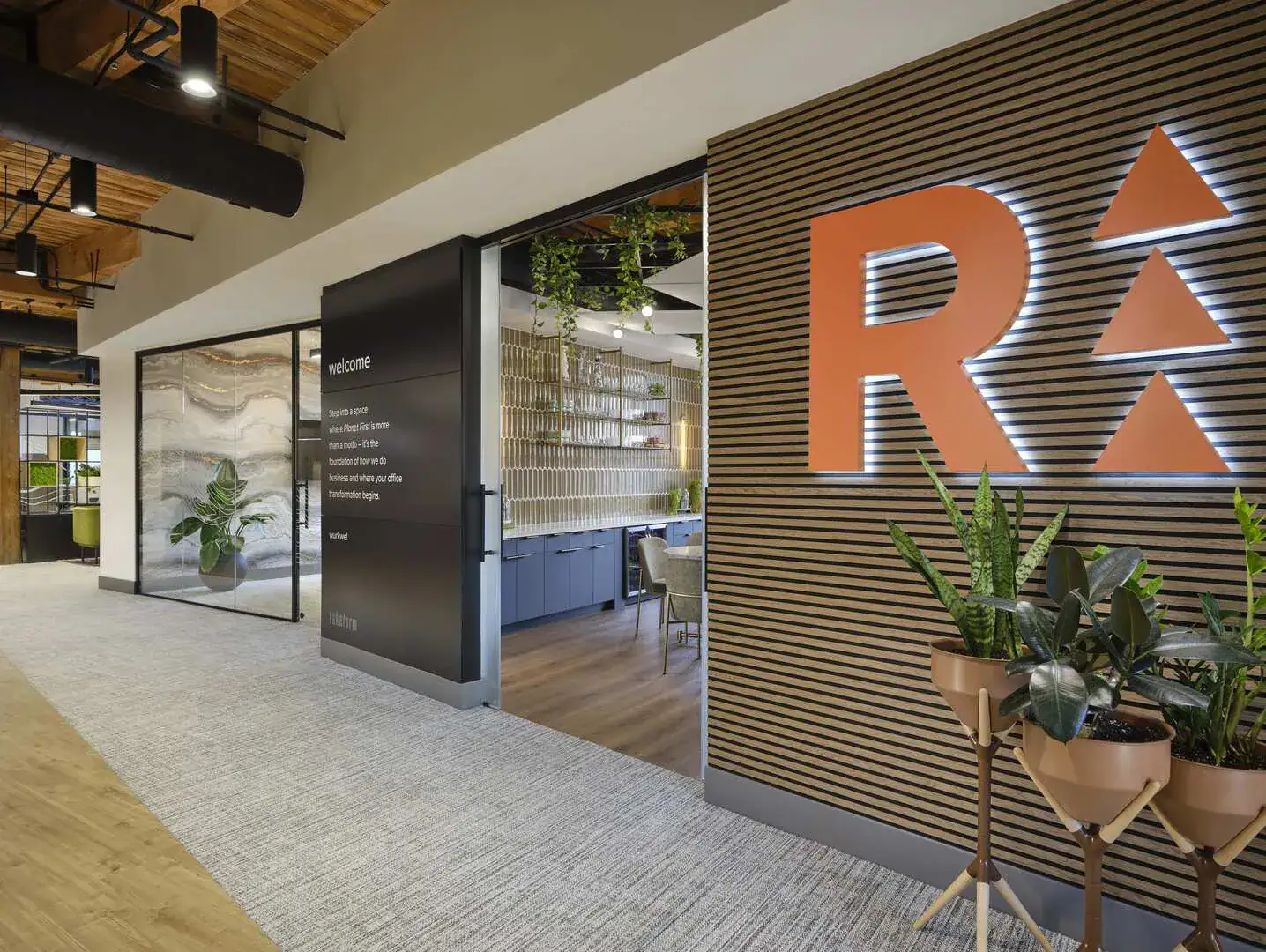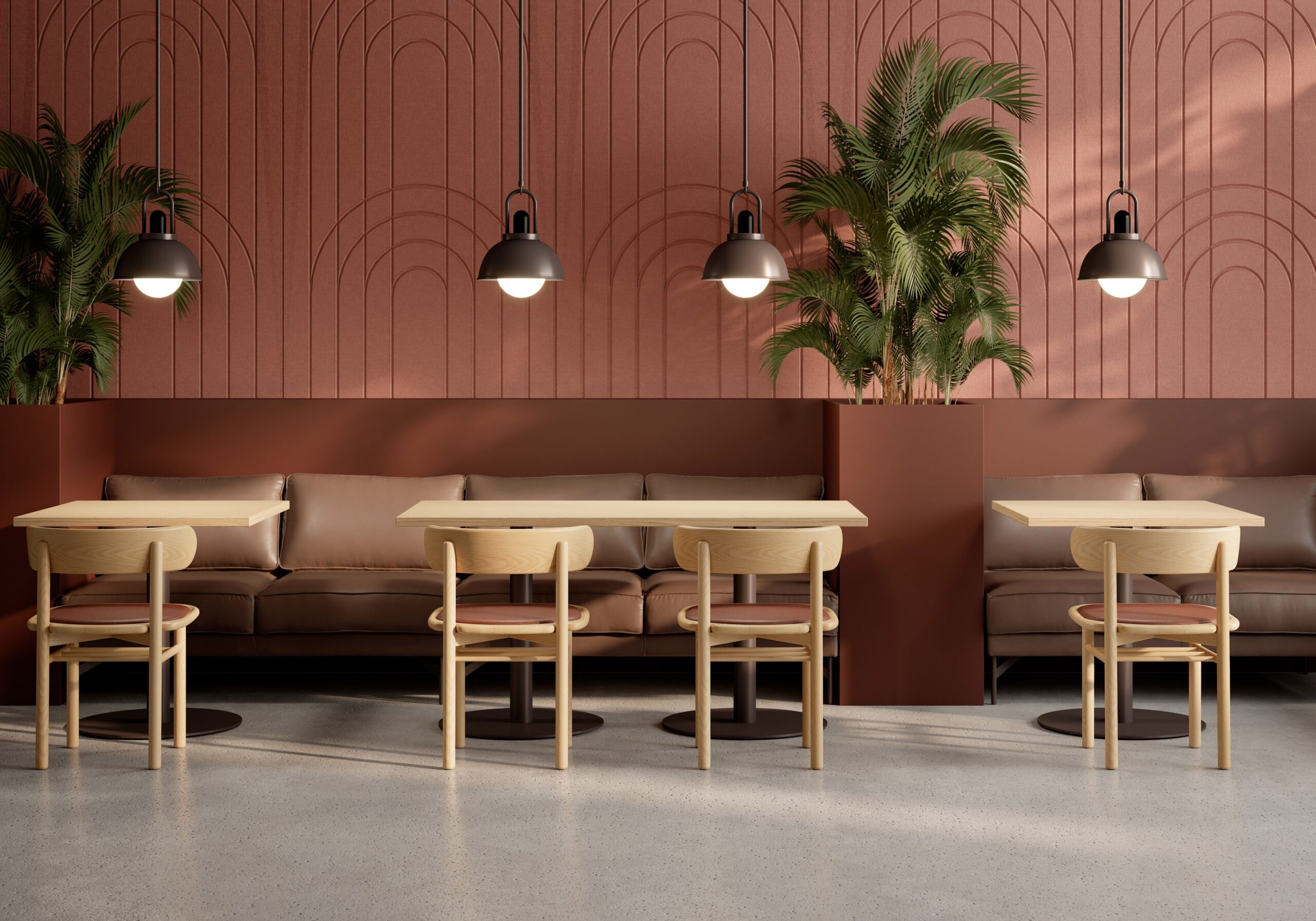When planning the furniture for an office space, designers tend to classify office furniture styles into four major categories: modern, classic, traditional and transitional. And since there’s sometimes confusion over the definition of these styles, let’s take a closer look at each one. Use this as a guide when deciding which aesthetic fits your business, and which furniture pieces will best represent your brand.
Modern Office Furniture
A modern style is bright, airy and streamlined; it communicates a commitment to creativity, engagement and innovation. Modern furniture tends to have clean lines, a simple aesthetic and a neutral palette – often with strategic pops of color that correspond with the company’s brand identity. This style is ideal for companies that like to be forward-thinking and on the forefront of design trends. It’s a good draw for businesses trying to attract younger talent, and it complements an open office plan that features clean, modular-style items. A benefit of modern office furniture is that it is usually very efficient and compact, with flexible components that can be reconfigured with ease.
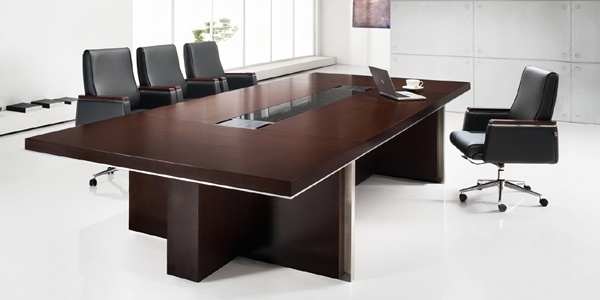
Classic Office Furniture
Classic furniture adds character and depth to a workplace; it has a timeless look that fits into most design schematics. A classic style can incorporate some newer pieces but often centers around antique or vintage-inspired furnishings. This aesthetic conveys the personality of a company, without being too buttoned up or too avant garde. A workplace decorated in a classic way might feature sleek metal desks and iconic Eames chairs.
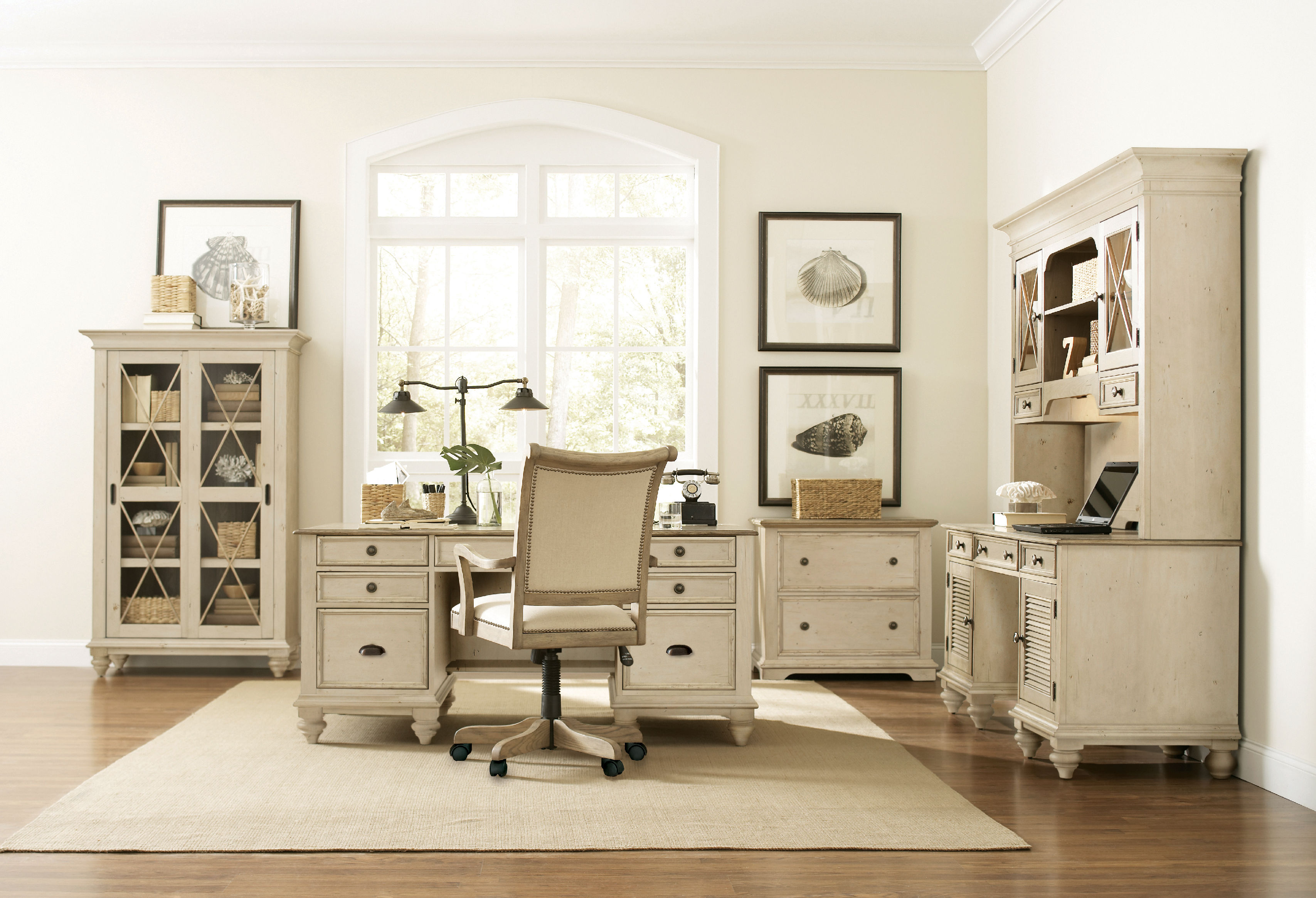
Traditional Office Furniture
A favorite among professional service or law firms, a traditional style generally includes deep mahogany tones, heavier wood work, and intricate detailing. This more formal style conveys elegance, experience and trustworthiness. Traditional furniture has vintage appeal but can sometimes be challenging because it takes up more space than modern pieces. An example of this aesthetic would be a private office with a wide desk in solid, dark wood, as well as built-in bookcases and restored leather armchairs.

Transitional Office Furniture
Transitional furniture is one of the most popular styles at the moment. It is ideal for companies that value mobility and flexibility, as it can adapt to their changing needs. Particularly today when so many companies are moving to a hybrid model, the flexibility of modern and transitional styles can be beneficial. They make it easy to reconfigure components, and cubicles and partitions can help prevent the spread of germs. The transitional style blends the modern aesthetic with warm tones, making a space more welcoming.
Consisting of a blend between modern style and warm tones, this style can make a space more welcoming, while leaving flexibility to make more creative design choices. A transitional design could include an ornate rug, with modular furniture elements and brighter colors on the walls.
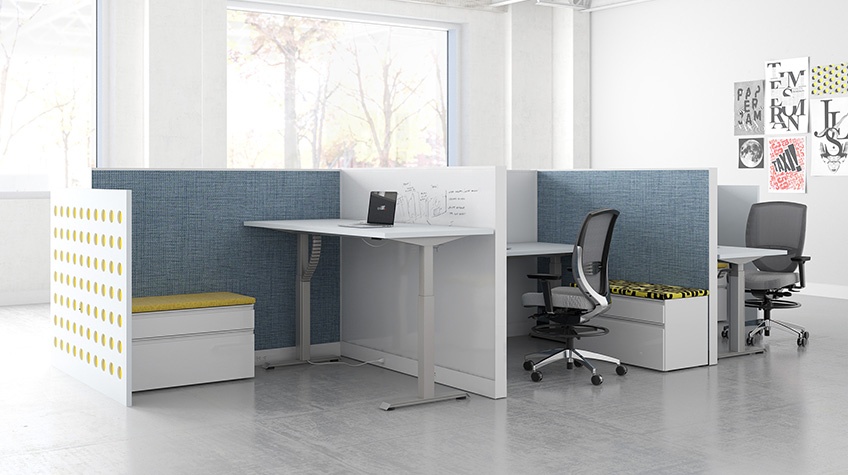
Work with Rightsize to find the right style to FURNISH your office space.

